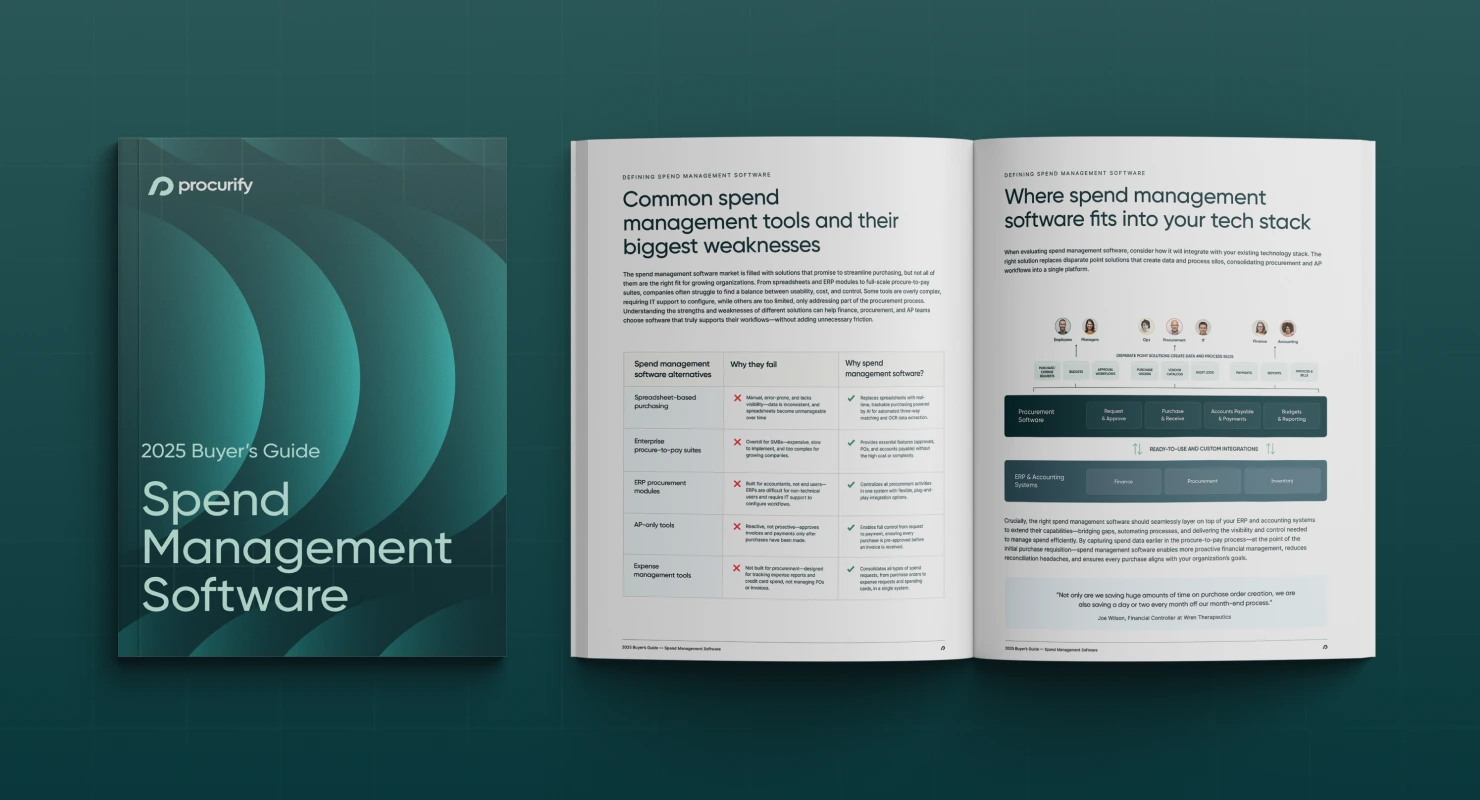Procurement SaaS: a Buzzword Explained
There is nothing both the technology and procurement worlds love better than a new, shiny buzzword.
That penchant for the trendy, I should say, isn’t misguided – both the procurement and technology realms are constantly evolving and as such always have a new issues, trends or developments.
One such world that straddles both spheres is SaaS – short for Software as a Service. What SaaS signifies is simple: a software delivery model (or licensing model) in which a customer pays for a centrally hosted software solution on a subscription basis. The typical subscription model is a series of monthly payments, but providers of SaaS software solutions may design any number of subscription models.
In the procurement world, there has been a significant increase in the number of companies offering; you guessed it, procurement SaaS solutions in the past handful of years.
The question, however, isn’t that there is a trend towards procurement SaaS, but rather why that trend exists in the first place. The answer, again, is rather simple: companies (especially those in the small- to medium-size range as well as enterprise firms) are keenly aware that they must clamp down on their spending. Procurement SaaS is an effective way to do that. Of course, procurement technology has existed for a while. But legacy systems such as Oracle are expensive and require lengthy (and pricey) on-site installations. Procurement SaaS, on the other hand, are cloud-hosted solutions that do not require on-site work. Most can in fact, be simply accessed from any computer or device with an internet connection.
Oh, and they’re much, much cheaper.
In a presentation given earlier this year, consulting and procurement specialists EY discussed trends affecting procurement globally. To no surprise, EY’s list of systems trends included the emergence of procurement SaaS.
EY’s list:
- Development of supplier portals that provide suppliers with required information and in a timely manner;
- Migration from in-house P2P processes to outsourced arrangements;
- Process re-engineering as part of the systems design;
- Controlled access to systems functionality to support data integrity;
- Emergence of SaaS (Software as a Service) solutions for e-Procurement – a hosted procurement application tailored to specific categories of spend.
The challenges
Nothing comes easy. Here are a few challenges facing companies implementing new systems.
- Catalogue technology is needed to support standardization and compliance;
- Data standardization;
- How to fit SaaS type solutions in the procurement softwares architecture, without increasing technical complexity or risk.
Integrations
In regards to the final challenge – procurement SaaS solutions are increasingly able to integrate with ERP systems and accounting software. When shopping for procurement SaaS software, pay close attention to integration capabilities. Seamless integration should be a desired result – it is a simple way to have your procurement SaaS solution in your procurement system architecture.
The other critical step to ensuring a new procurement SaaS solution is intimately entwined with your existing architecture is to work closely with the sales/customer success teams of the software company you are buying from. A close relationship with those teams will guarantee a quick, painless onboarding process and a smooth transition of all of your account codes into your new procurement SaaS solution. Sales and customer success teams are there for a reason – use their expertise when setting up your new system.

2025 Spend Management Software Buyer’s Guide
Choose the spend management solution best suited to your organization’s needs with an overview of the 2025 software ecosystem, feature comparisons, and a free vendor capability evaluation checklist.
